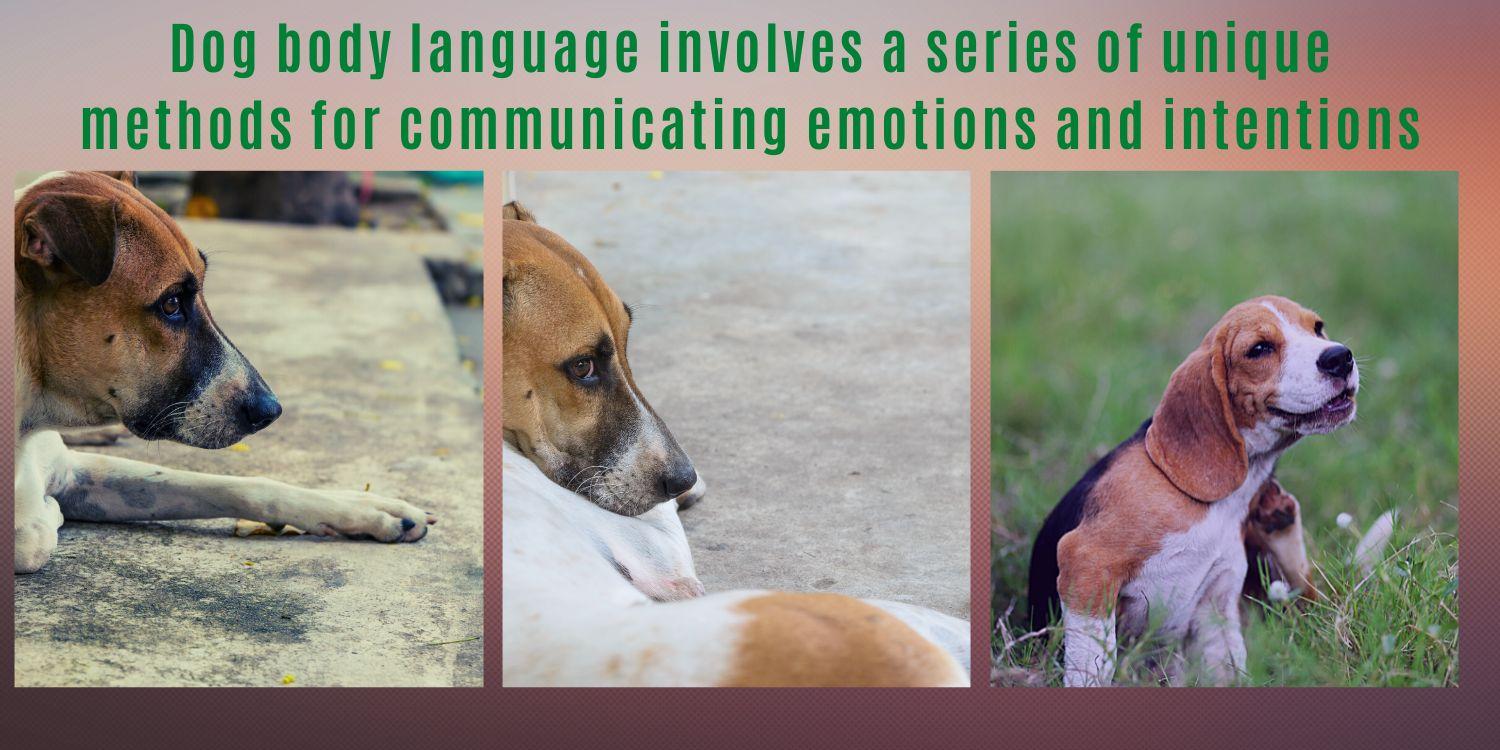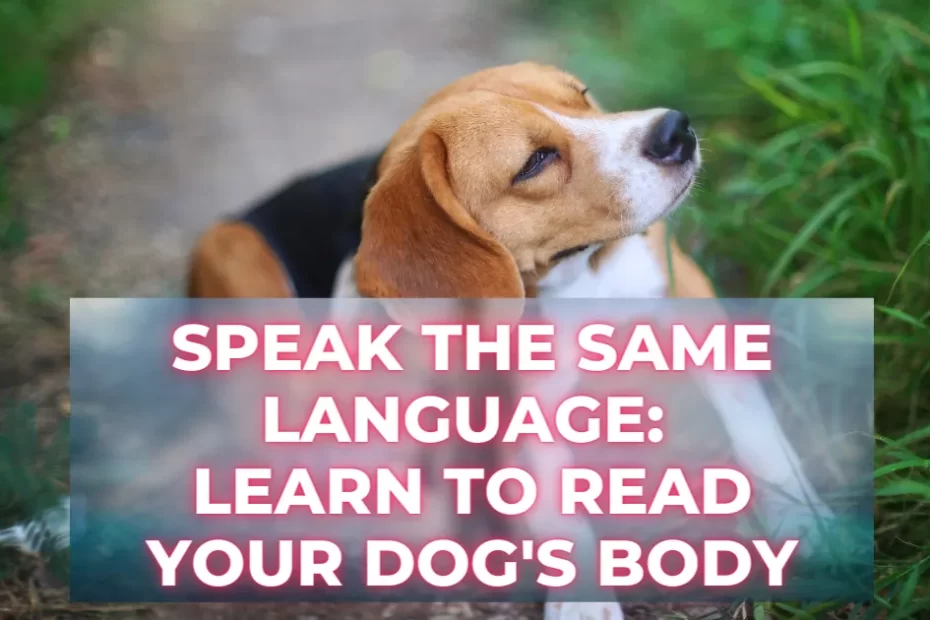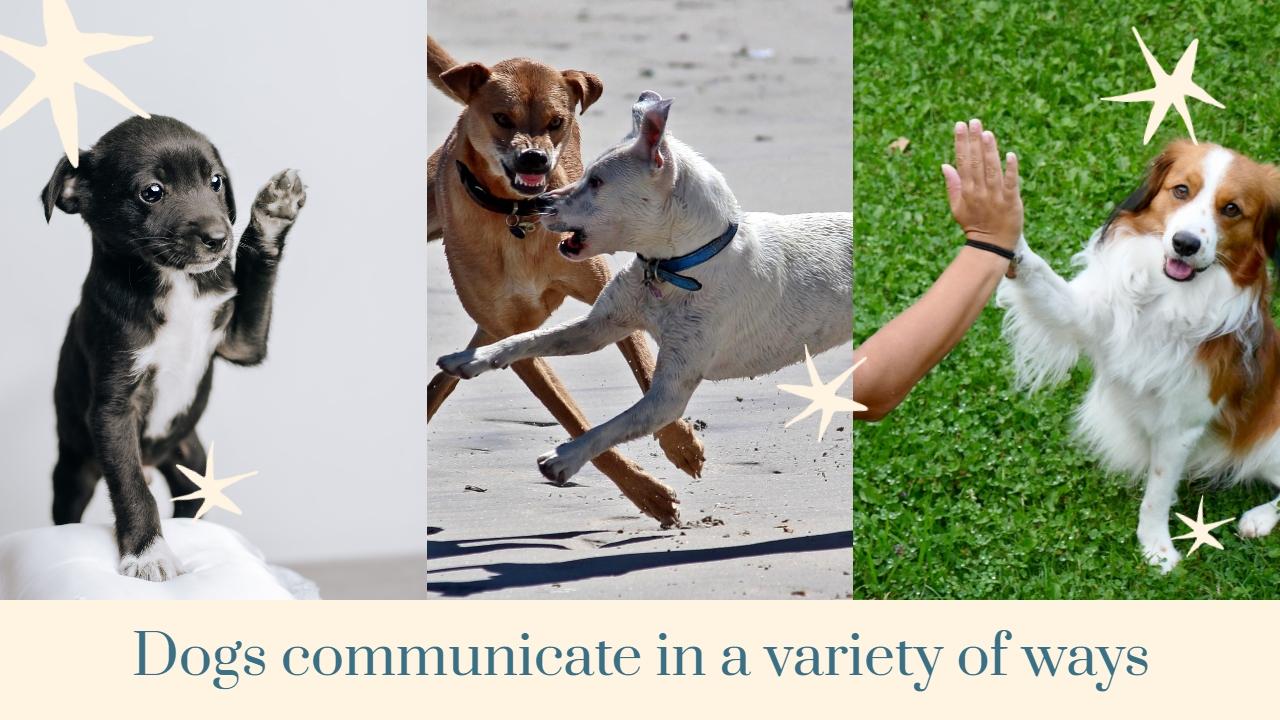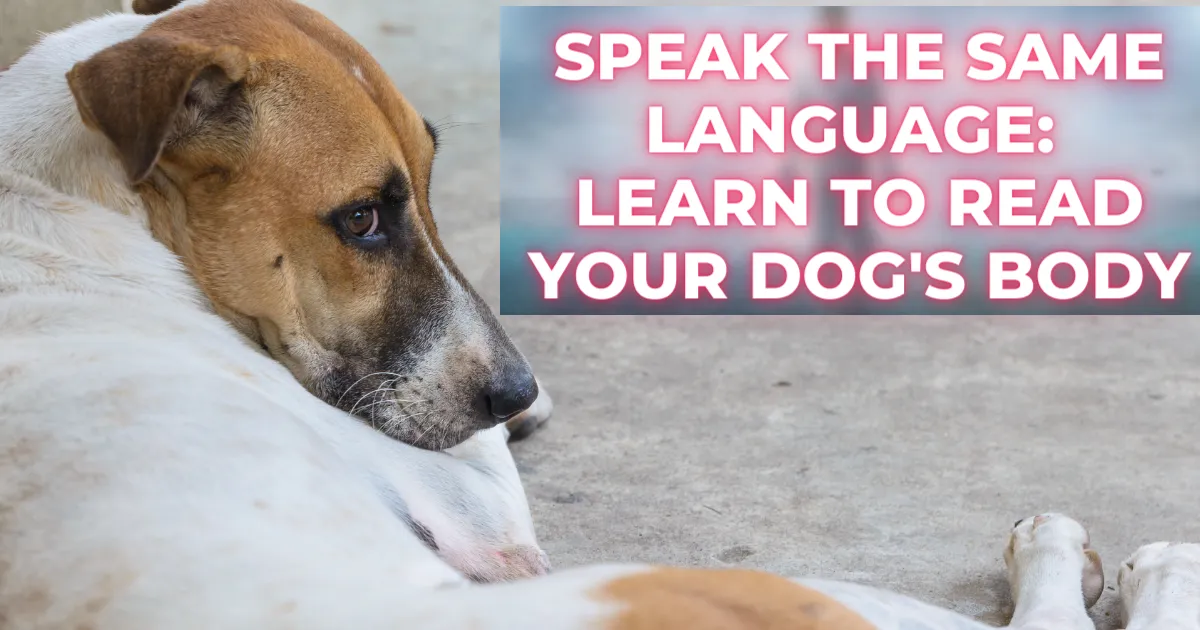Last updated on March 13th, 2024 at 01:29 pm
What would happen if you tried to communicate with your dog using body language? Would he understand what you mean? What kind of signals does he send out?
Dogs are known to be very intelligent animals. They possess great senses and they can read our emotions and intentions. This makes them perfect companions. They also share their lives with us and they depend on us for food, shelter, and safety.
Body language is a way of communication between humans and other species. In this video, we’ll show you some amazing ways dogs express themselves through their body language. A well-trained dog is a happy dog, in particular, you can see it through his dog’s body language. A dog that is well-behaved can take part in family life and is welcome in more places. An over-excited dog can cause stress to you.
In brief: Learning to communicate with your dog is a key ingredient of dog obedience and successful human-canine relationships, so it should be a key focus when you train your dog.
Another key point is, that dogs use vocalizations to communicate everything from excitement to aggression.
Understanding Dog Body Language
Understanding dog body language is an important part of being a responsible pet owner. Dogs communicate through body language, and being able to interpret their signals can help you better understand your dog’s emotions and needs. Here are some key body language signals to look out for:
Tail: A wagging tail can indicate happiness, but the position of the tail is also important. A high and stiff tail can mean the dog is feeling alert or aggressive, while a tucked tail can indicate fear or anxiety.
Ears: The position of a dog’s ears can give you insight into its emotional state. Ears that are perked up and facing forward usually indicate alertness or interest, while ears that are flattened against the head can signal fear or submission.
Eyes: A dog’s eyes can communicate many emotions. Dilated pupils can indicate excitement or fear, while narrowed eyes can indicate aggression. Direct eye contact can be seen as a challenge or a threat.
Body posture: A dog’s overall body posture can give you important clues about its mood. A relaxed and loose body posture usually indicates a calm and happy dog, while a tense and rigid body posture can indicate stress or aggression.
Vocalizations: Barking, growling, and whining are all vocalizations that can give you insight into your dog’s emotional state. Barking can indicate excitement or aggression while growling can be a warning sign of aggression. Whining can indicate fear or anxiety.
Remember that every dog is different, and their body language signals may vary based on their breed, personality, and individual experiences. By paying attention to your dog’s body language, you can build a stronger bond and better meet their needs.
Most important: Dogs are not born to understand English and Understand that a puppy is an infant dog – not a miniature adult.

How do dogs communicate? Dogs body language
By Daniel Stevens and Martin Olliver
There are guaranteed to be some occasions when your dog’s barking is going to be inconvenient, although this may be true this doesn’t mean that you have to view your dog’s vocalization as an intolerable irritation.
You could choose to look at it more constructively: your dog is trying to communicate with you. In order to cope with and control excessive barking, in fact, you need to understand what the reason is – and then take steps (dog training) to remove the stimulus.
Different Barks & Their Circumstances
In case, you can spend some time watching your dog, you’ll find there’s a fair bit to be learned about the different barks he uses and why he’s using them.
As a result of that If you can learn to recognize these and then pair them with the circumstances in which they typically occur, so much the better.
- Boredom. This is a major problem for a lot of dogs. Some can handle being by themselves for long periods of time (for example, the average working day), but the truth is that it’s really hard on most dogs.
- Barking is something your dog can do to relieve boredom and to give himself something to do. A dog barking out of boredom or loneliness will usually do so repetitively and with little alteration in frequency, tone, or volume.
- Toilet-call. Most dogs will show their need to go outside by pacing, circling, sniffing the ground, and whining; a lot will sit by the door or pace restlessly back and forth.
- The type of bark that accompanies this behavior is usually a single short, sharp imperative (repeated if you don’t take action the first time around).
- Dinner time: this is similar to the toilet-call bark (the motive is similar: your dog thinks that you need to be made aware of something).
- He will probably be racing around energetically, interspersing the barks with little pleading whines and jumps.
- Excited barking is an expression of joy: your dog’s happy about something and needs to let the world know.
- You should be able to tell by the circumstances and his body language (tail waving, mouth open and panting, front elbows touching the ground, rear end up in the air), but happy-barking is also higher-pitched than usual.
- Warning barking is almost always a husky baying noise – your dog is trying to make himself sound bigger and meaner than he actually might be.
- Even the smaller breeds, which are physically incapable of producing anything more menacing than shrill yapping, will lower their tone as much as possible.
How To Calm An Over-excited Dog
If you have an over-excited dog, here are some tips that may help you calm them down:
Exercise: Make sure your dog is getting enough exercise every day. A tired dog is generally a calmer dog.
Training: Teach your dog basic obedience commands such as “sit,” “stay,” and “down.” Training provides mental stimulation for your dog and can help them calm down.
Distraction: Offer your dog a toy or chew to distract them when they’re feeling over-excited. This can redirect their energy and focus.
Calming signals: Use calming signals such as yawning, slow blinking, or turning your head away to communicate to your dog that you are calm and relaxed. Dogs are very perceptive to human body language, so if you remain calm, your dog may follow suit.
Avoid over-stimulation: If your dog is prone to becoming over-excited, try to avoid situations that may trigger this behavior. For example, if your dog gets over-excited when visitors come to the house, put them in a separate room until they calm down.
Remember to be patient and consistent when trying to calm down an over-excited dog. With time and practice, you can help your furry friend become a calmer and happier companion.
Disclaimer: This blog post contains affiliate links, which means that I receive a commission from any purchase through these links. Receiving a commission will not affect your purchase in any form.



Did you know that dogs sleep a lot? Ensure they have a cozy and quiet space for quality rest. Adequate sleep is essential for their overall well-being.
I have read your article carefully and I agree with you very much.
Recognizing and understanding a dog’s body language is indeed crucial for responsible pet ownership.
I never realized how much dogs communicate through body language until I read this post! Understanding their cues while walking together can make the experience even more enjoyable.
This is such valuable information! Being able to read a dog’s body language can make a world of difference in how we interact with them. Knowledge is key to a happy and healthy relationship with our pups.